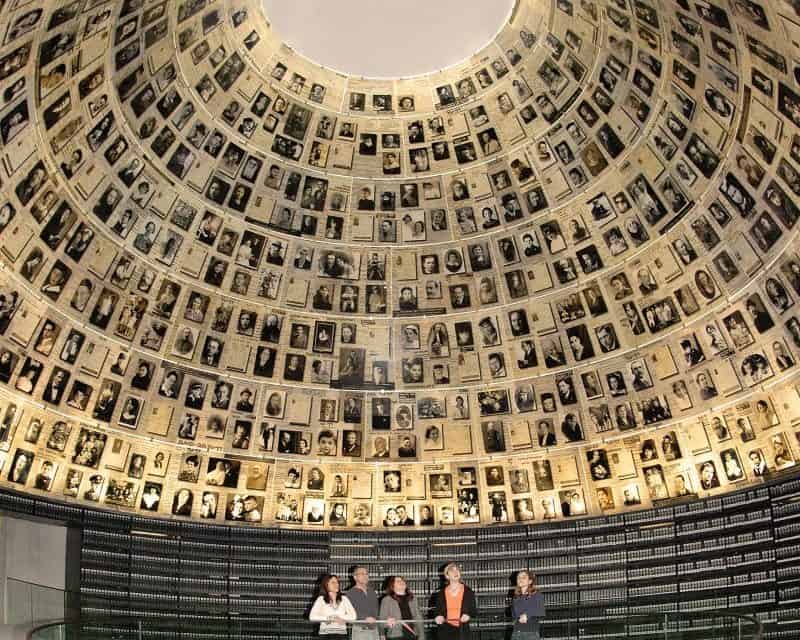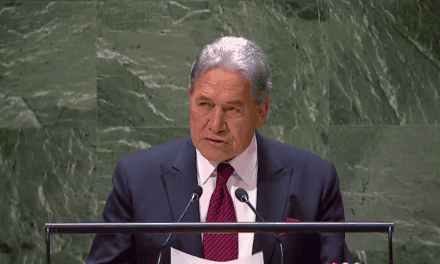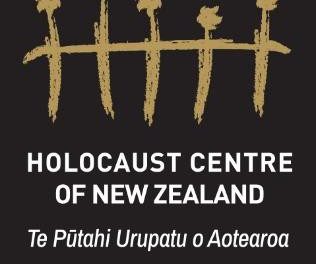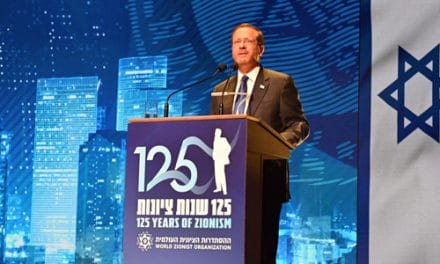By Greg Bouwer on the Israel Institute of NZ website…
The release of New Zealand’s updated Year 10 History and Global History curriculum marks a significant moment in how our young people will encounter one of humanity’s darkest chapters: the Holocaust.
The curriculum, now available through the Ministry of Education’s Tāhurangi platform, details the complex road to war, the rise of Nazi Germany, and the horrors of the Holocaust. Yet while the inclusion of these topics is commendable, their framing raises questions about whether New Zealand students will truly understand why the Holocaust happened — and why it still matters.
Under The Road to War: Germany 1918–1939, students are introduced to the collapse of the Weimar Republic, the rise of the Nazi Party, and the consolidation of Hitler’s dictatorship. These elements provide essential background for understanding how fragile democracies can succumb to extremism, and how propaganda, fear, and social disillusionment can corrode civic values. The structure is sound, and the inclusion of primary events such as the Reichstag Fire, the Enabling Act, and the establishment of the Gestapo shows a commitment to teaching students how totalitarianism takes root.
However, when the curriculum turns to the “Persecution of the Jews and other minorities,” the focus broadens in a way that risks obscuring the Holocaust’s distinct nature. The Nazis persecuted many groups — Roma, disabled people, and political dissidents among them — but the genocide of the Jewish people was unique in its ideological foundation and totalising scope. By grouping Jewish persecution under a generalised category, the curriculum inadvertently risks diluting the historical specificity of antisemitism — the central engine of Nazi ideology.
Read the full article on the Israel Institute of NZ website HERE.






